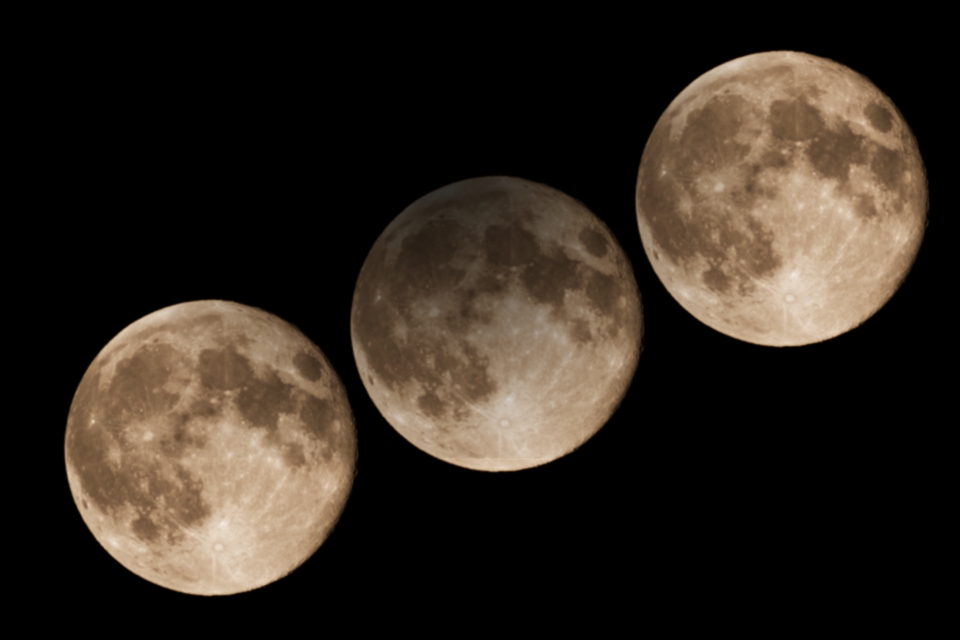The central event of May this year is the lunar eclipse, the final part of which can be observed from the territory of Ukraine. During it, the Moon will not “touch” the earth’s shadow, but it will sink 96% of its diameter into the penumbra. Such a large penumbral phase allows us to expect that the appearance of our natural moon will change significantly, and it will even be possible to notice it with the naked eye: the northern (upper) edge of the lunar disk will look darker than the southern one. In Kyiv, on the evening of May 5, the Moon will appear above the horizon in almost the maximum phase of the eclipse. In the east and south of Ukraine, the conditions for observing this phenomenon will be slightly better.

The next morning, the maximum of the meteor shower n-Aquarid associated with the famous Halley comet (1P/Halley) is expected. But in our latitudes it is quite inconvenient to observe it, besides, this year the visibility of meteors will further complicate the Moon.
May 1
- Mercury is at inferior conjunction with the Sun
May 4
- The Moon is 2° north of Spica (α Virgo, 1.0ᵐ)
May 5
- Full moon. Penumbral lunar eclipse (visible in Ukraine)
May 6
- The maximum activity of the n-Aquarids meteor shower (up to 60 meteors per hour)
May 7
- The Moon is 4° east of Antares (α Scorpio, 1.0ᵐ)
May 9
- Uranus in conjunction with the Sun
May 11
- The Moon is at perigee, 369345 km from the center of the Earth
May 12
- The Moon is in the last quarter phase
May 14
- The Moon is 6° east of Saturn (1.0ᵐ)
May 15
- The Moon is 3° south of Neptune (7,9ᵐ)
May 17
- The Moon is 1° north of Jupiter (-2.1ᵐ)
May 18
- The Moon is 3° north of Mercury (1.6ᵐ)
May 19
- New Moon
May 23
- The Moon is 2° north of Venus (-4.2ᵐ) and 4° south of Pollux (β Gemini, 1.2ᵐ)
May 26
- The Moon is at apogee, 404510 km from the center of the Earth
May 27
- The Moon is 4° north of Regulus (α Leo, 1,3ᵐ)
- The Moon is in the phase of the first quarter
May 29
- Mercury in the greatest western elongation (24°53’)
May 30
- The maximum activity of the Herculids meteor shower (up to 10 meteors per hour)
May 31
- The Moon is 4° east of Spica
Follow us on Twitter to get the most interesting space news in time
https://twitter.com/ust_magazine

